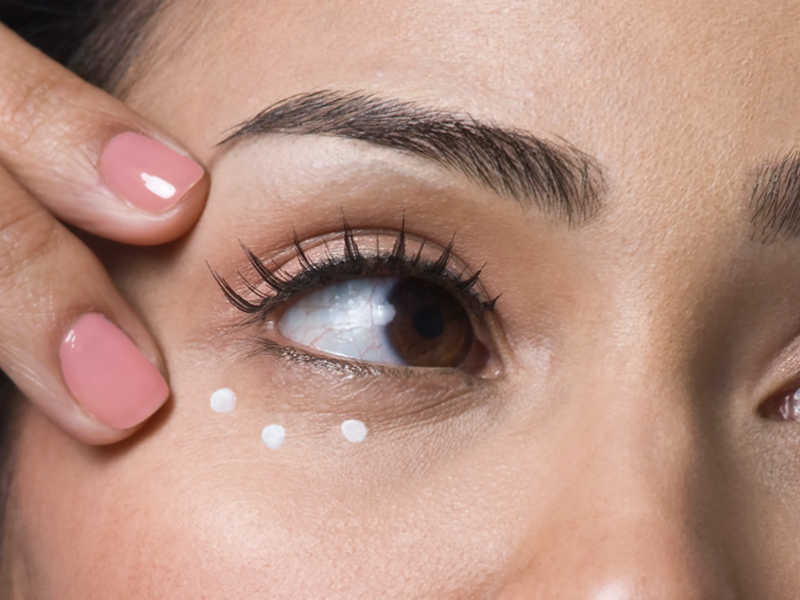
How many times you have looked in the mirror and wondered how to do away with the dark circles under your eye. A perfectly charming face can look tired and weary if you have dark circles. Let us understand why this happens and how it can be managed.
Dark circles, aka under-eye hyperpigmentation, are very common in both men and women. Sometimes they are accompanied by eye-bags giving an older and tired look to your face.
Periorbital hyperpigmentation can be several types,
- Skin Pigmentation which is usually brown in color
- Vascular Pigmentation which can be blue/pink/purple in color
- Structural Pigmentation
- Mixed
What Causes Dark Circles?
When it comes to dark circles, the most common assumption is lack of sleep. However, there is more to it. Common factors contributing to dark circles are listed below.
- Photo ageing – It is due to the skin damage caused by ultraviolet radiation. It usually happens once you cross your 30’s
- Thin skin – Fun fact: The skin around our eyes is 10 times thinner than the rest of the face and it gets thinner with advancing years. Thin skin is more vulnerable to damage and pigmentation
- Genetics – Yes, it is true. You are highly likely to get dark circles if anyone in your close family has dark circles since you share the same genetic makeup
- Fatigue – Lack of sleep and excessive strain on the eyes contribute to dark circles
- Allergies – Contact allergies, airborne or food allergies, skin allergies or eczema, and excessive scratching can lead to subsequent post-inflammatory hyperpigmentation
- Dehydration – When the body does not receive adequate water, the skin beneath your eyes begins to look dull and your eyes look sunken
- Underlying medical conditions – Cardiovascular diseases, thyroid, kidney, or liver issues, Vitamin K deficiency can all contribute to under-eye pigmentation
- Miscellaneous factors – Excessive stress, alcohol, smoking, and frequent rubbing of the eyes are deemed as possible factors in Periorbital hyperpigmentation
Treating Dark Circles
Dark circles can be easily treated at home and by making certain lifestyle changes.
Prevention
- Adequate sleep. At least, 6-8 hours
- Sleep in a comfortable position by adjusting pillows at an elevated level to reduce eyelid swelling
- Quit smoking. It is anyways injurious to lung health
- Reduce alcohol intake
Management at home
- Use a cold compress to reduce swelling
- Use of makeup and concealers
However, in some extreme cases, medical intervention may be needed. Medical treatments include,
Medical treatments for under eye dark pigmentation
| Treatment | Description |
|---|---|
| Use of Topical Bleaching Agents | Topical bleaching agents like hydroquinone, tretinoin, Kojic acid, azelaic acid, and topical vitamin C can help to reduce hyperpigmentation with varying degrees of results. |
| Chemical Peeling | Chemical peels, using glycolic acid or lactic acid can help to lighten hyperpigmentation under the eyes in combination with topical creams. |
| Laser Treatments | These treatments are highly effective, especially for dilated vessels and bluish pigmentations. |
| Fillers | Sometimes, skin thinning leads to dark circles. In such cases fillers and PRP therapy help. |
| Surgery | Blepharoplasty is a type of surgery that helps in getting rid of dark circles due to excessive fat deposits. |
Getting rid of under-eye dark circles is not that difficult, provided you can find the root cause. A qualified Dermatologist can help you in understanding what is causing the pigmentation and suggest an appropriate treatment. Any medical procedure is better done under proper supervision.
If you want to know more about Dark Circles then please, click here and send a query to Alovia Clinic, or reach out to our expert Dr. Naren Parkash